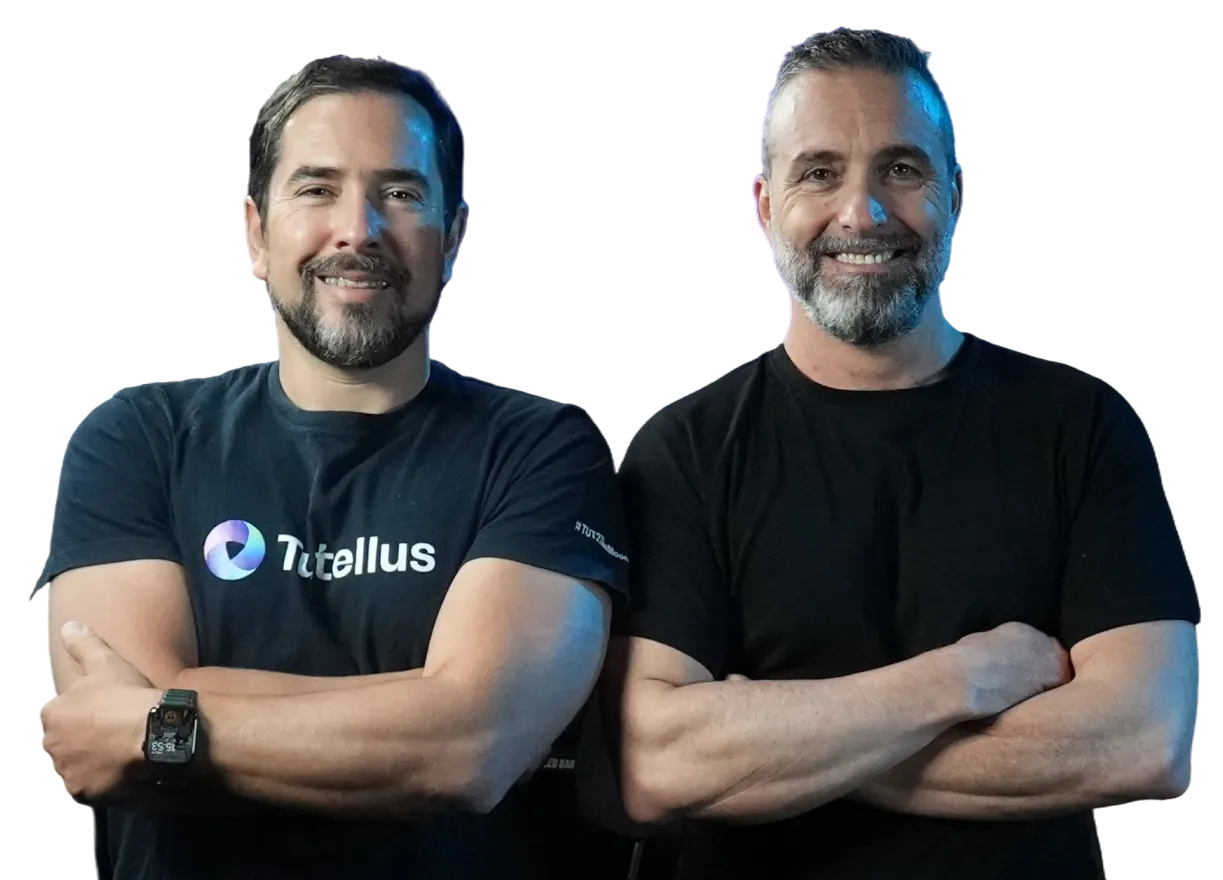For me (and I say for myself because, if you ask 10 people about it, they will give you 10 different answers) tokenomics are the set of business rules, together with the design and distribution of tokens, that define a long-term projection of the asset value in the market.
Tokenomics have evolved a lot since the ICOs of 2017, but they always seek the same result: to convince the market in 2 aspects:
- That the issuer makes a fair distribution of tokens, and
- That there are clear mechanisms by which the token captures value.
Some "poor" tokenomics will have an implicit token that is not very clear what it will be used for. Likewise, some "unfair" tokenomics - everything is very relative, of course - will put the interests of the founders before the community. And most importantly: some "decaffeinated" tokenomics will not define exhaustively the mechanisms by which the token captures value, nor its issuance policy. With all this, we are going to explore the tokenomics of the TUT from different angles.
1. Distribution of TUT tokens among stakeholders.
We try to act by example and keep our word: if we preach that "Community first, team the last ones" we have to demonstrate it with facts:

Of the total tokens issued, only 3% goes to the team (with a blockade in addition to 9 months, making it impossible for us to participate in the initial farmings, which are the most profitable) and 77% of the tokens go to the Community, both for holders (staking and farming) and for platform users. And of course, the people who supported us both in 2017 and in the 2021 private sale have their representation on the cap table.
2. Distribution of tokens over time.
Almost more important than the piece of cake that each one gets is how this cake is distributed over time, and this table is also interesting:

We broadcast the TUT on Thursday, October 14 at 7:00 p.m. At that time you will already have liquidity and it will be possible to operate with it and with the associated contracts. Tutellus is the first LP of the pool (TUT-WBTC), providing $ 200,000 of initial liquidity. And holders who have tokens will receive, at this initial moment, the equivalent of 30 days of distribution by blocks (1/8 of the total). From that moment on, any holder from 2017-2021 receives the tokens per block (every 15sec), being able to claim as many times as they want and deposit them in staking, farming or whatever contracts they consider.
Again, the most affected are the Core Team, since we will be the ones who take the longest to start receiving the tokens. The incentive system is scheduled to last 36 months, and rewards up to a total of 90 million tokens are estimated to last 10-20 years. As you can see, we have thought about the long term :-)
3. The TUT, a deflationary token
Perhaps this point is the most important because although during the first 36 months the issuance process is highly inflationary (due to incentives), the token burning system is active from day one and its effect begins to be noticed in year 4. I don't think there will be more than 30-40 million tokens in circulation in the long term.

The burning system is supported by 3 pillars:
- 1% of the daily transaction volume in the pool.
- 100% of the fees from the staking contract (for the unstaking fees).
- 50% of the tokens raised in IFO contracts through Launchpad.
With all this, together with the specific use of the token both in Tutellus and in the education sector described in this other post, we foresee a very positive evolution of the token and its liquidity during the coming months.
If you want to be part of the project, all you need is to have crypto ready on the Polygon network for Thursday, October 18, 2021 at 7:00 p.m.
Information of interest:
- dAPP: https://tutellus.io
- Documentation: https://docs.tutellus.com
- Bootcamps: https://blockchain.tutellus.com
Descubre más artículos en el Criptoblog sobre...




